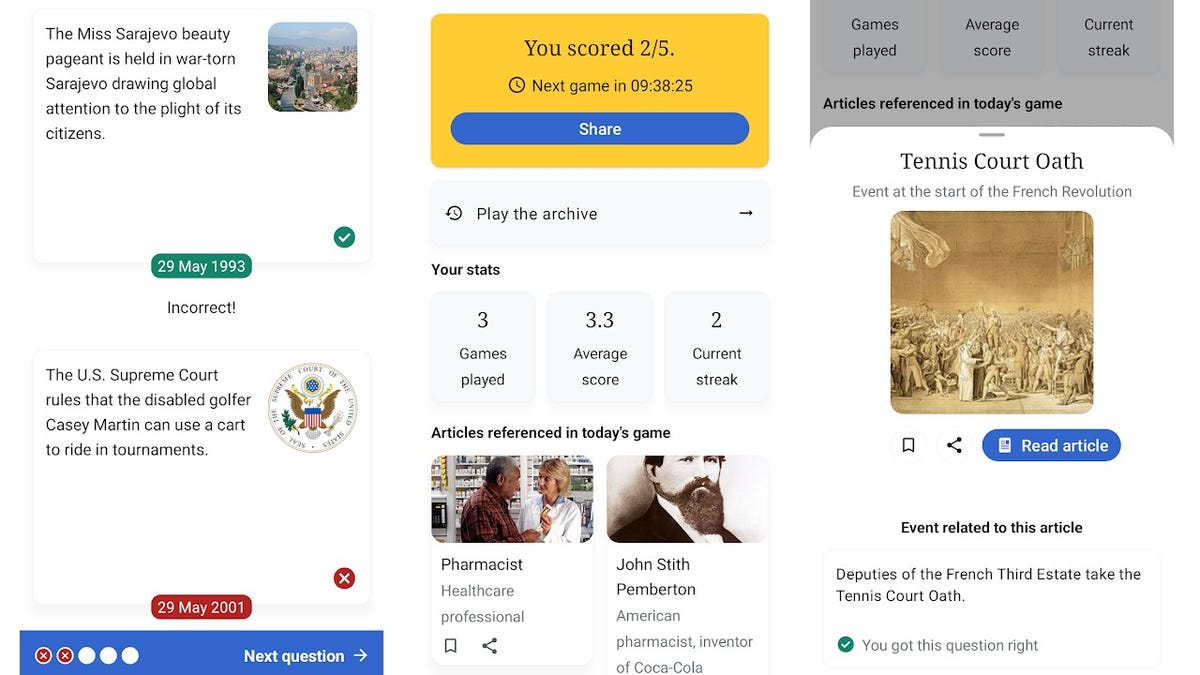Modeling superstate and substate combinations in DDD
I am designing an analytics application using domain driven design and test driven development. I am having difficulty modeling the following requirement: The application shows a workitem's state. States are modeled as a composition of a superstate and a substate. Superstate can be any of the following: "A", "B", "C", "D" Substate can be any of the following: "X", "Y", "Y1", "Y2", "Z" Each superstate has a set of valid substates: Valid substates of "A" are "Y", "Z". Valid substates of "C" are "X", "Y1", "Y2", "Z". All other superstates have the following valid substates: "X", "Y", "Z" I devised a model which includes the following aggregate: Workitem is the aggregate root and Workitem State is a value object. A check at the instantiation of Workitem will ensure that the state has a valid combination of superstate and substate. Since I'm following a TDD approach, the implementation of the state validation logic should be preceded by the definition of a corresponding test(psedudo-code): #test module func test_state_validity(): # tests all combinations of superstate and substate for sup in SuperState: for sub in SubState: try: s = State(sup, sub) assert sub in get_allowed_substates(sup) except InvalidStateException: assert sub not in get_allowed_substates(sup) Then i wrote the following implementation(psedudo-code): # states module enum SuperState: A, B, C, D enum SubState: X, Y, Y1, Y2, Z class WorkitemState: superstate: SuperState substate: SubState def create_state(superstate, substate): if substate in get_allowed_substates(superstate): return WorkitemState(superstate, substate) else: raise InvalidStateException func get_allowed_substates(superstate): switch superstate: case SuperState.A: return (SubState.Y, SubState.Z) case SuperState.C: return (SubState.X, SubState.Y1, SubState.Y2, SubState.Z) case _: return (SubState.X, SubState.Y, SubState.Z) In compliance with DDD, the invariant has been enforced within the Domain Layer (in the aggregate root). In compliance with TDD, a corresponding test has been defined as well. This made me realize there is significant overlap between the validation logic within the domain objects and unit tests (in my case I tried to keep it DRY by having both refer to the function get_allowed_substates). My questions are: is writing tests for the domain model redundant, and thus be avoided? (in general and in this specific case) is it a sensible choice to test all possible combinations of superstate and substate, or should I rather restrict the scope of the test? e.g. all valid combinations plus a few edge cases such as {("A","X"), ("C","Y"), ("B", "Y1")} note: differently from the example, my actual use case has ~100 possible state combinations. This number is unlikely to change in the future, though.

I am designing an analytics application using domain driven design and test driven development. I am having difficulty modeling the following requirement:
The application shows a workitem's state. States are modeled as a composition of a superstate and a substate.
- Superstate can be any of the following: "A", "B", "C", "D"
- Substate can be any of the following: "X", "Y", "Y1", "Y2", "Z"
Each superstate has a set of valid substates:
- Valid substates of "A" are "Y", "Z".
- Valid substates of "C" are "X", "Y1", "Y2", "Z".
- All other superstates have the following valid substates: "X", "Y", "Z"
I devised a model which includes the following aggregate:

Workitem is the aggregate root and Workitem State is a value object.
A check at the instantiation of Workitem will ensure that the state has a valid combination of superstate and substate.
Since I'm following a TDD approach, the implementation of the state validation logic should be preceded by the definition of a corresponding test(psedudo-code):
#test module
func test_state_validity():
# tests all combinations of superstate and substate
for sup in SuperState:
for sub in SubState:
try:
s = State(sup, sub)
assert sub in get_allowed_substates(sup)
except InvalidStateException:
assert sub not in get_allowed_substates(sup)
Then i wrote the following implementation(psedudo-code):
# states module
enum SuperState:
A,
B,
C,
D
enum SubState:
X,
Y,
Y1,
Y2,
Z
class WorkitemState:
superstate: SuperState
substate: SubState
def create_state(superstate, substate):
if substate in get_allowed_substates(superstate):
return WorkitemState(superstate, substate)
else:
raise InvalidStateException
func get_allowed_substates(superstate):
switch superstate:
case SuperState.A:
return (SubState.Y, SubState.Z)
case SuperState.C:
return (SubState.X, SubState.Y1, SubState.Y2, SubState.Z)
case _:
return (SubState.X, SubState.Y, SubState.Z)
In compliance with DDD, the invariant has been enforced within the Domain Layer (in the aggregate root). In compliance with TDD, a corresponding test has been defined as well.
This made me realize there is significant overlap between the validation logic within the domain objects and unit tests (in my case I tried to keep it DRY by having both refer to the function get_allowed_substates).
My questions are:
- is writing tests for the domain model redundant, and thus be avoided? (in general and in this specific case)
- is it a sensible choice to test all possible combinations of superstate and substate, or should I rather restrict the scope of the test? e.g. all valid combinations plus a few edge cases such as {("A","X"), ("C","Y"), ("B", "Y1")}
note: differently from the example, my actual use case has ~100 possible state combinations. This number is unlikely to change in the future, though.












































































































































































![[The AI Show Episode 154]: AI Answers: The Future of AI Agents at Work, Building an AI Roadmap, Choosing the Right Tools, & Responsible AI Use](https://www.marketingaiinstitute.com/hubfs/ep%20154%20cover.png)
![[The AI Show Episode 153]: OpenAI Releases o3-Pro, Disney Sues Midjourney, Altman: “Gentle Singularity” Is Here, AI and Jobs & News Sites Getting Crushed by AI Search](https://www.marketingaiinstitute.com/hubfs/ep%20153%20cover.png)

























































































































![From Therapist to six figure freelance dev [Podcast #176]](https://cdn.hashnode.com/res/hashnode/image/upload/v1750249813414/8cb0019f-db6d-48af-9d20-d0ea3a4040b5.png?#)

















































.png?width=1920&height=1920&fit=bounds&quality=70&format=jpg&auto=webp#)



















![GrandChase tier list of the best characters available [June 2025]](https://media.pocketgamer.com/artwork/na-33057-1637756796/grandchase-ios-android-3rd-anniversary.jpg?#)

























































![New accessibility settings announced for Steam Big Picture Mode and SteamOS [Beta]](https://www.ghacks.net/wp-content/uploads/2025/06/New-accessibility-settings-announced-for-Steam-Big-Picture-Mode-and-SteamOS.jpg)









_Frank_Peters_Alamy.jpg?width=1280&auto=webp&quality=80&disable=upscale#)


































































































![Apple tells students ‘how to convince your parents to get you a Mac’ [Video]](https://i0.wp.com/9to5mac.com/wp-content/uploads/sites/6/2025/06/screenshot-2025-06-20-at-09.14.21.jpg?resize=1200%2C628&quality=82&strip=all&ssl=1)



![Nothing Headphone (1) leak allegedly shows their unique, translucent design [Gallery]](https://i0.wp.com/9to5google.com/wp-content/uploads/sites/4/2025/06/Nothing-Headphone-1-cropped.jpg?resize=1200%2C628&quality=82&strip=all&ssl=1)














![Oakley and Meta Launch Smart Glasses for Athletes With AI, 3K Camera, More [Video]](https://www.iclarified.com/images/news/97665/97665/97665-640.jpg)

![How to Get Your Parents to Buy You a Mac, According to Apple [Video]](https://www.iclarified.com/images/news/97671/97671/97671-640.jpg)
![Foxconn to Build New iPhone Enclosure Factory in India With $250M Investment [Report]](https://www.iclarified.com/images/news/97673/97673/97673-640.jpg)






















![Mobile Legends: Bang Bang [MLBB] Free Redeem Codes June 2025](https://www.talkandroid.com/wp-content/uploads/2024/07/Screenshot_20240704-093036_Mobile-Legends-Bang-Bang.jpg)














![It's Not Just You: Apple Intelligence is Down on iOS 26 and Other Betas [Fixed]](https://images.macrumors.com/t/p817t4gw5ljW1ROSxfadhn3mJew=/2500x/article-new/2025/06/iOS-26-Feature.jpg)

























